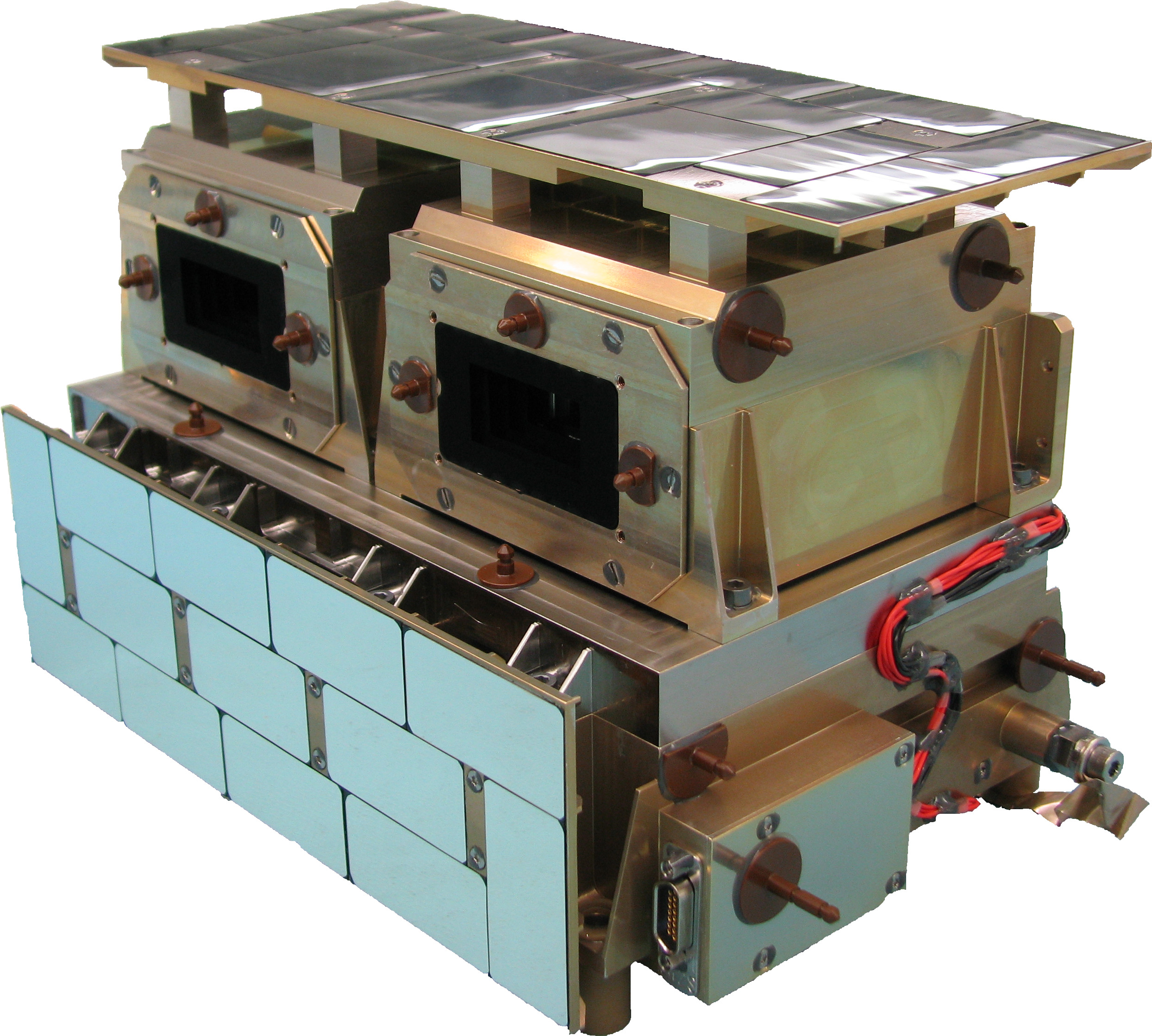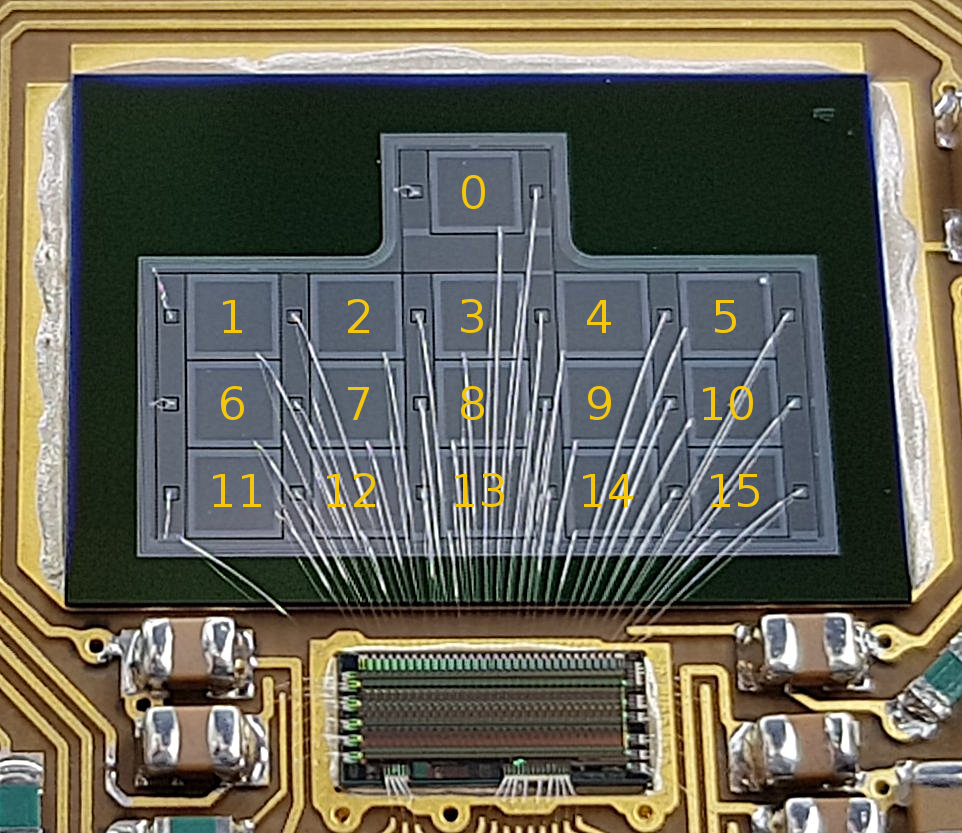
The STEP sensor is designed to measure protons and electrons at supra-thermal energies. For this purpose STEP uses principles and technologies used previously on other space-borne instruments. In particular, the basic detection principle is similar to that of the LION/COSTEP sensor on the Solar Heliospheric Observatory (SOHO), the SEPT sensor on STEREO or the EPT sensor of EPD suite. STEP employs two co-aligned sensor heads with a parallel field-of-view, pointing sunwards into the direction of the nominal Parker spiral. One of the sensor heads contains a permanent magnet to deflect electrons out of the nominal field-of-view. The sensor head with the magnet is called "magnet channel" (MC) and will measure all particles in the nominal energy range except for electrons. The other sensor head will in addition measure electrons as well and is called "integral channel" (IC). The difference of the signals of the measurements of the two sensor heads yields the electron flux in the supra-thermal energy range.
To measure the particle's kinetic energy, each sensor head contains a solid state detector (SSD) with an ultra-thin window and several pixels, which is based on technology used for STE on STEREO. This allows particle energy determination in the suprathermal range from about 3keV up to 65keV. Angular resolution is achieved by using a small pinhole inside the sensor heads. The two sensor heads are mounted on a common electronics box, which itself is mounted on the –y-deck of the spacecraft. The sensor is mounted so that both fields-of-view point into the direction of the average nominal Parker spiral. Thus the bore-sight directions are tilted by 35º in the spacecraft’s x-y plane towards the -y axis.

